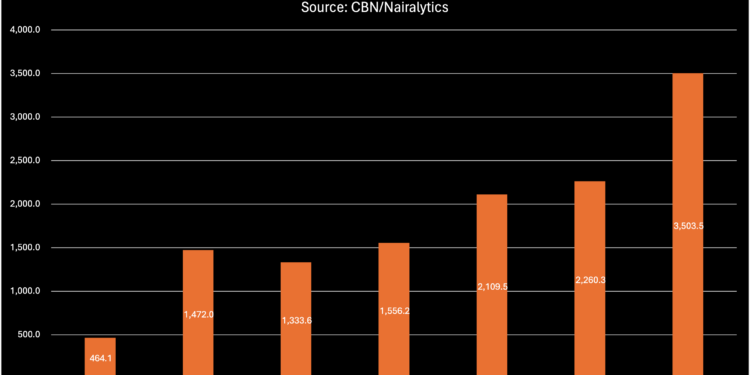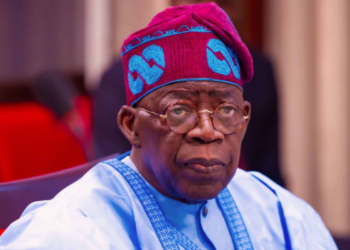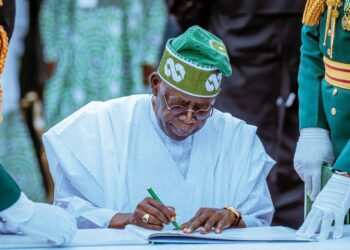Nigeria incurred a debt service of $3.5 billion for its external loans in the fiscal year ended 2023 according to data from the Central Bank of Nigeria (CBN).
The data is contained in the central bank’s latest Quarterly Statistical Bulletin.
This $3.5 billion spent represents a 55% increase from the $2.6 billion incurred in 2022 as debt service related payments for the country’s external debts.
Data from the Debt Management Office indicates Nigeria has a total external debt portfolio of $42.29 billion up from $41.69 billion in 2022.
What the data is saying
According to the data published by the apex bank, Nigeria incurred $801.36 million, $368.26 million, $1,390.72 million and $943.17 million in the first, second, third and fourth quarter respectively.
- Starting at $464.1 million in 2017, these costs have steadily escalated.
- By 2018, the figure had more than tripled, peaking at $1.472 billion.
- After a slight decrease in 2019 to $1.334 billion, the costs climbed annually, culminating in 2023’s record high of $3.503 billion.
- The pattern indicates a growing dependence on external borrowing amidst challenging global economic conditions.
This substantial increase in debt servicing demands a large portion of Nigeria’s annual budget, restricting government spending in critical sectors such as health and education.
It also poses a risk to the nation’s economic growth and may deter foreign investment, essential for economic stability.
Nigeria’s rising external debt
Nigeria’s external debt, which is mostly denominated in dollars, has been rising in recent years as the country faced multi-year economic headwinds triggered by the Covid-19 Pandemic.
- Nigeria’s external debt was just $27.6 billion but rose to $33.4 billion as Covid-19 forced the need for external support for frontier markets like Nigeria.
- For example, the country added $3.5 billion in new IMF loans while the World Bank related International Development Association (IDA) loans rose to $11.1 billion from $9.6 billion.
- By 2023 the IDA balances had risen to $14.9 billion as the country continued to rely on the World Bank.
- Nigeria also tapped the commercial debt market with the Eurobond debt rising from $10.8 billion to $15.1 billion.
- Loans from bilateral sources such as from China, France and other multilateral sources like the AfDB also rose in the last 5 years.
Nigeria also repaid a $500 million in Eurobond loans mid last year obtained 6 years ago at a coupon rate of 6.375% per annum.
Eurobond debts are typically paid out of the country’s external reserves or via a special fund designated for external bond repayments.
According to the DMO, the redemption now means Nigeria has now repaid a total of $1.8 billion in securities in the International Capital Market (ICM) over the past six years.
Government Actions
The Nigerian government has been actively seeking to address these issues through a variety of measures. For example,
- There is a pressing need to improve debt management strategies, focusing on sustainable borrowing and securing concessional loans that offer more favorable terms.
- Efforts to boost non-oil revenues and enhance tax collection efficiency are underway to reduce dependency on external borrowing.
- Implementing policies that strengthen the economy’s fundamental aspects could help mitigate the impact of currency depreciation and improve Nigeria’s borrowing costs over the long term.























